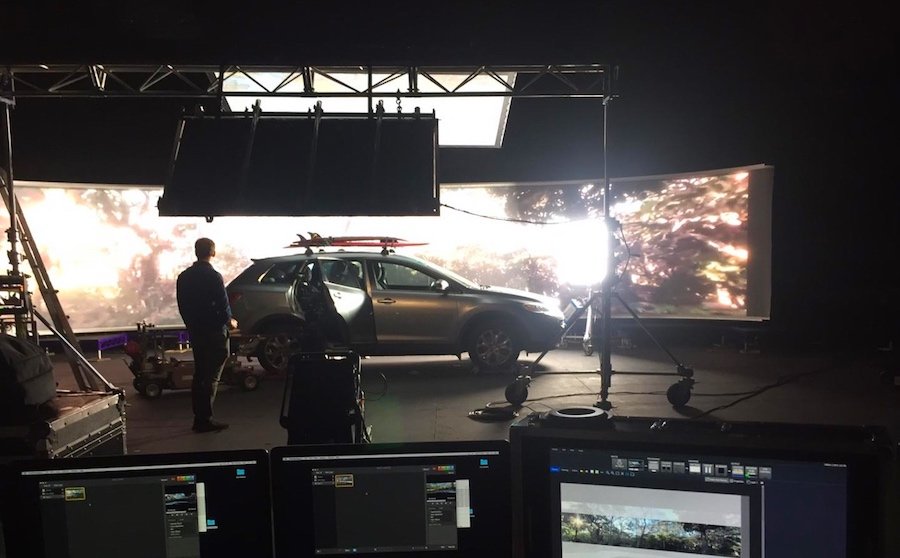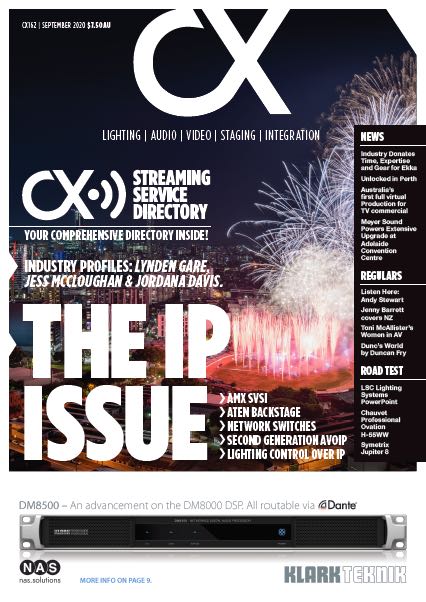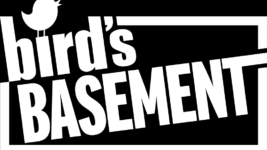News
2 Sep 2020
Brompton Technology processing helps TDC deliver Australia’s first full Virtual Production for TV commercial

Subscribe to CX E-News
Technical Direction Company was approached by production company Exit Films to work together on creating a full Virtual Production for an NRMA Insurance TV commercial. This was the first time a virtual LED background was used in Australia to replace a traditional green screen on set.
TDC knew that to be able to fully deliver the vision of award-winning director Marc Forster they had to use equipment offering superior performance and reliability, so chose the winning combination of Brompton Technology’s Tessera LED processors driving ROE Visual LED panels.
The commercial, which focused on road safety during the holidays, followed an eight-year-old girl and her magical CGI toy bunny working together to save her Dad from distracted driving.
The team’s main challenge was to convincingly portray the fast movement of the car, which is generally a difficult environment to film, whilst telling an emotional story that relied heavily on close-up shots.
“Knowing how much Forster disliked the fake screen look, we wanted to give as much realism as possible to the production by bringing a cutting-edge LED screen technique for moving picture purposes,” explains Alex Rendell, Technical Project Manager at TDC.
“In that way, instead of actors having to imagine the surroundings, they could actually be in them.”
The TDC team collaborated closely with the DP Ginny Loane to build what became Australia’s first 180-degree LED cyclorama, featuring ROE Carbon 3 3.75mm LED panels.
The LED wall served both as the moving backdrop and the main lighting source for the car interior and actors, removing the need for extensive on-location shooting and offering realistic ambient lighting effects and controlled, accurate reflections everywhere – even in the actors’ eyes.
Working with post-production company Framestore, the team considered aspects including LED pitch, moiré issues and panel diffusion, colour accuracy, as well as frame synchronisation and high-resolution playback.
After analysing all planned camera angles, the team shot the 180-degree background plates with a multi-camera rig, as well as a prosumer VR camera. It was then all seamlessly stitched together before the shoot to play properly scaled on the LED screen backdrop.
“Having the footage shot at the chosen time and location ensured that the same scene could easily be re-created over and over again, with moving reflections and light outside the car windows perfectly in sync with the action inside of the car,” continues Rendell.
“Additionally, having the video content displayed on an LED screen created a realistic environment for the talent to act in and interact with, resulting in authentic performances.”
Brompton’s Tessera SX40 4K LED processor ensured the LED screen looked flawless and the pre-filmed content was perfectly translated onto it, with accurate scaling and colour.
… deploying an LED screen as a replacement for traditional green screens is becoming an increasingly viable option…
“The main thing that the Brompton processor helped with during the project was the ease of positioning and scaling of both screens within the 4K camera footage,” adds Rendell.
“This enabled full flexibility of the car orientation relative to the screen and camera angles during the shoot.”
Using an LED wall as a digital backdrop replacement for traditional green screen has multiple advantages, according to Adam Fiddler, Technical Operations Manager at TDC: “By re-creating the world on the digital scene, it allows cinematographers and actors to be in touch with the space they are filming in.
“By using the technology in this way, filmmakers are able to frame the particular part of the set or background they want to see in the camera and also reproduce lighting looks and reflections in real time. That would take weeks to do in post-production.
“By using this method of production, film companies are able to save time and money in lengthy post-production work and capture more engaging content on set.”
According to the TDC team, deploying an LED screen as a replacement for traditional green screens is becoming an increasingly viable option, as it opens up new creative possibilities to teams that are working on tight budgets, or even as an alternative for crews limited by lockdown by constructing a transformative, immersive environment.
News from CX Magazine – September 2020
LIGHTING | AUDIO | VIDEO | STAGING | INTEGRATION

Entertainment technology news and issues for Australia and New Zealand
– in print and free online www.cxnetwork.com.au
© VCS Creative Publishing
Subscribe
Published monthly since 1991, our famous AV industry magazine is free for download or pay for print. Subscribers also receive CX News, our free weekly email with the latest industry news and jobs.






